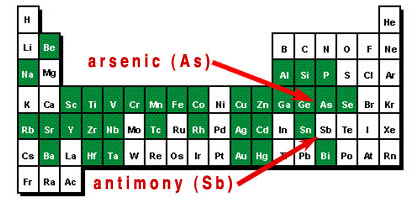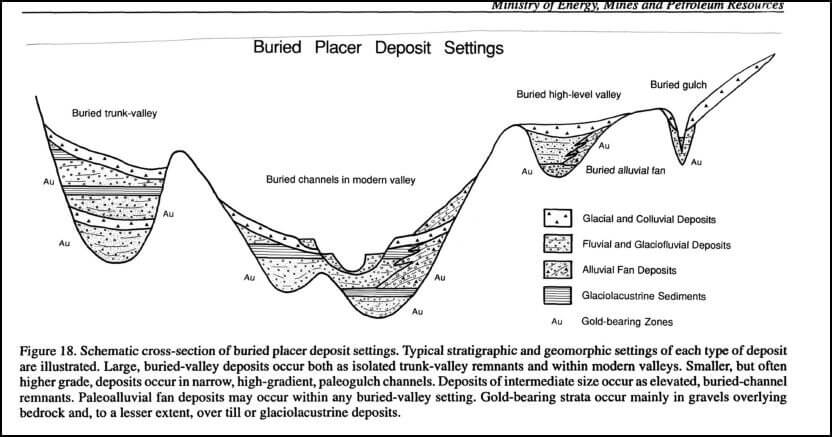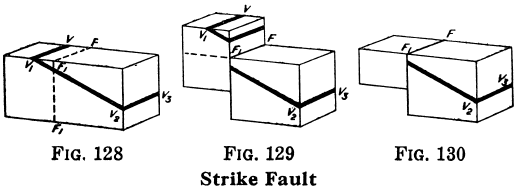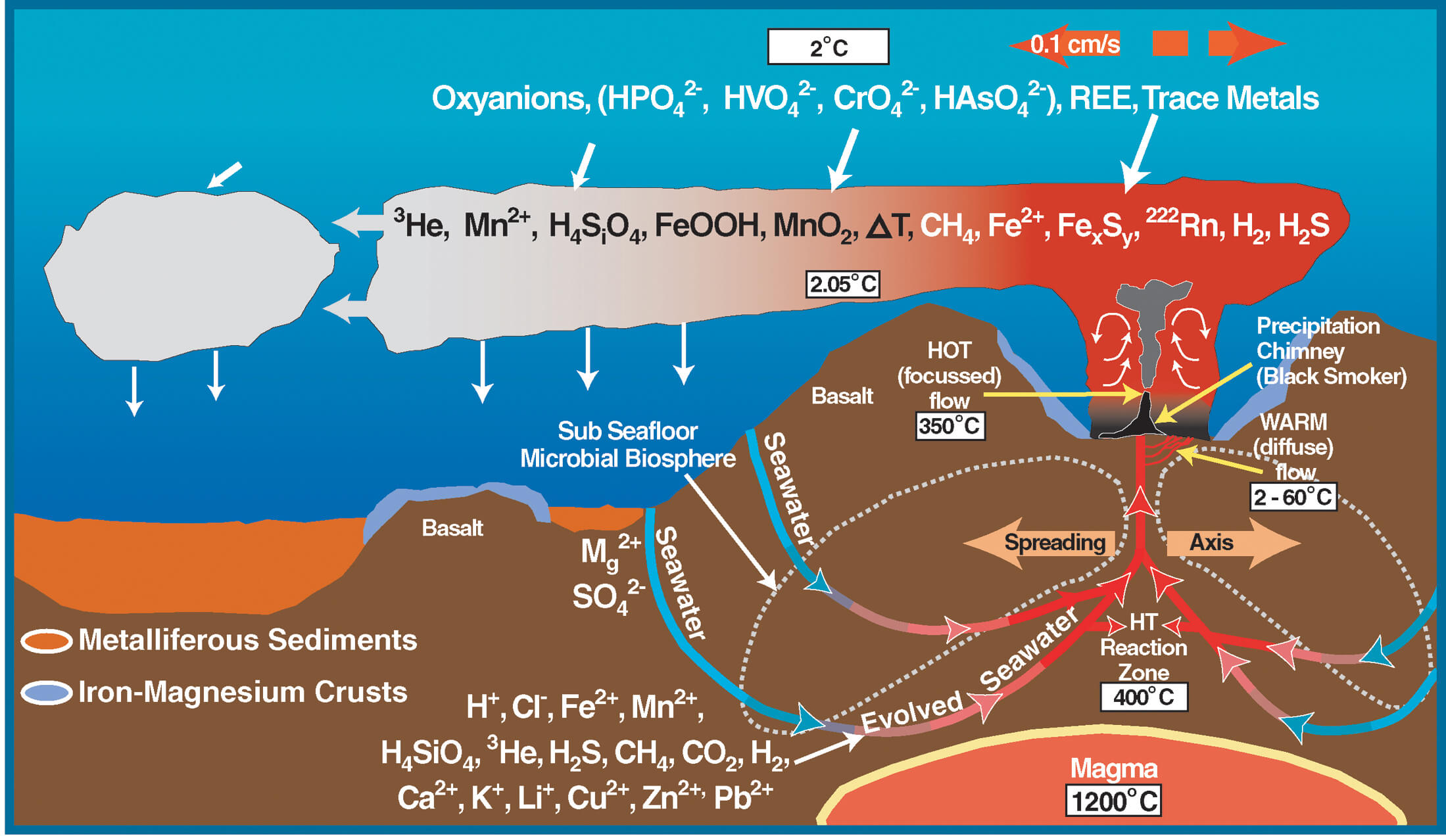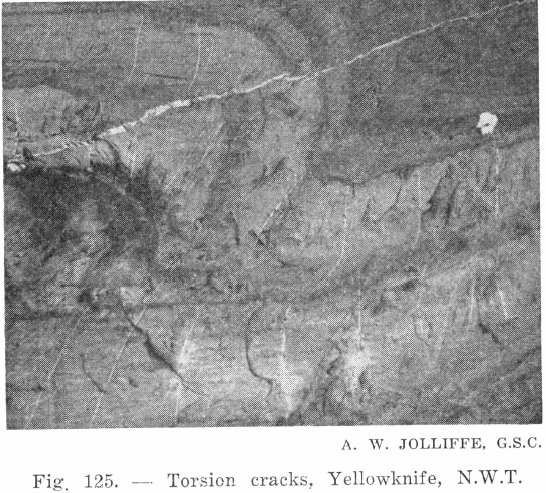Pitchblende Uranium Ore
Pitchblende or uraninite, consists mostly of uranium oxides. It is a pitch-black, greenish or brownish black mineral, green or brown when finely powdered; it has a smooth or conchoidal break, and is very heavy. Pitchblende is found in pegmatite dikes, sometimes, as in Cornwall, England, associated with tinstone. Other uranium minerals of similar appearance, euxenite and … Read more



